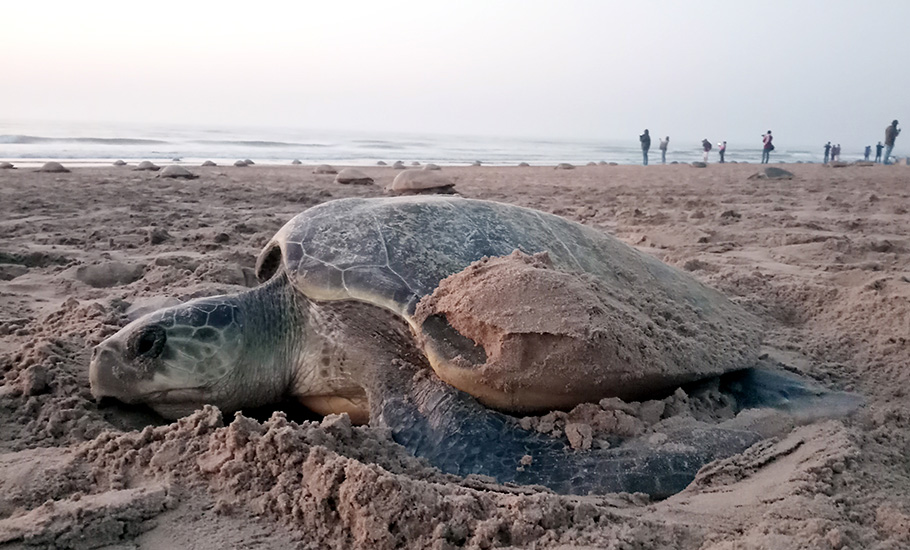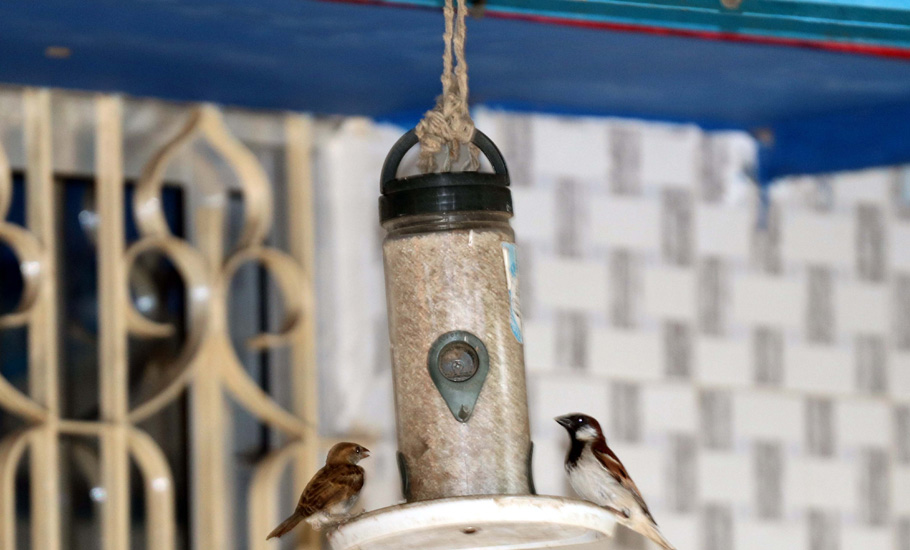
- Home
- India
- World
- Premium
- THE FEDERAL SPECIAL
- Analysis
- States
- Perspective
- Videos
- Sports
- Education
- Entertainment
- Elections
- Features
- Health
- Business
- Series
- In memoriam: Sheikh Mujibur Rahman
- Bishnoi's Men
- NEET TANGLE
- Economy Series
- Earth Day
- Kashmir’s Frozen Turbulence
- India@75
- The legend of Ramjanmabhoomi
- Liberalisation@30
- How to tame a dragon
- Celebrating biodiversity
- Farm Matters
- 50 days of solitude
- Bringing Migrants Home
- Budget 2020
- Jharkhand Votes
- The Federal Investigates
- The Federal Impact
- Vanishing Sand
- Gandhi @ 150
- Andhra Today
- Field report
- Operation Gulmarg
- Pandemic @1 Mn in India
- The Federal Year-End
- The Zero Year
- Science
- Brand studio
- Newsletter
- Elections 2024
- Events
- Home
- IndiaIndia
- World
- Analysis
- StatesStates
- PerspectivePerspective
- VideosVideos
- Sports
- Education
- Entertainment
- ElectionsElections
- Features
- Health
- BusinessBusiness
- Premium
- Loading...
Premium - Events

In Photos: The biodiversity protectors of Odisha

In the remote corners of Odisha, a state known for its rich biodiversity, several communities have been leading the conservation efforts for years now. These initiatives have not only ushered in a fresh hope for conservation but have also opened up scope for research on the role of communities in protecting the rich biodiversity of the area. In the state, women have mostly been at the centre...
In the remote corners of Odisha, a state known for its rich biodiversity, several communities have been leading the conservation efforts for years now. These initiatives have not only ushered in a fresh hope for conservation but have also opened up scope for research on the role of communities in protecting the rich biodiversity of the area.
In the state, women have mostly been at the centre of the efforts, leading the movement to protect the local forests. Through the age-old practice called ‘thengapalli’, women armed with sticks keep a vigil on the local forests, guarding them against the local timber mafia.
Thengapalli translates to ‘thenga’, meaning sticks, and ‘palli’, meaning ‘turn’. It is a practice where women from villages participate in protecting their community forest. Usually around 4-6 women patrol the forest’s boundaries in shifts. Once their turn ends, another group of women take over. This goes on from around 6 in the morning till late in the night. The practice had also found its way to the curriculum in Hampshire County, England.
Similar community-conservation efforts are underway in the coastal district of Ganjam, where the locals are protecting a variety of species – from the rare Olive Ridley turtles to the blackbucks and sparrows.
Olive Ridley turtles
The conservation of Olive Ridley turtles is believed to have kindled the community conservation initiatives in the Ganjam district. In the late 1990s, two scientists had visited Rushikulya beach, one of the two mass nesting sites for the Olive Ridleys and educated the locals about their importance.

Until then, the villagers of Purunabandha located on the beach, would steal eggs for their own consumption or would sell it in the market. The visit of the scientist led to a change of heart of a few villagers initially, who then took the efforts forward. Later, every year, the villagers would wait for the ‘guests’ to arrive and save the eggs from stray dogs and other threats.
Once the hatchlings emerged, the villagers would ensure that the younger ones made it back safely to the sea. Factors like light pollution often render the Olive Ridleys to turn their course away from the sea, prompting chances of them entering villages.

Started as a community initiative, the conservation efforts are now mostly handled by the administration, owing to the importance of the species globally. However, some volunteers are engaged during the mass nesting and hatching process which begins in late February.

Blackbuck conservation
In Bhetnai, a tiny village in Ganjam district, a local legendary story passed on through generations triggered the conservation efforts. It is believed that the region had once experienced a long spell of drought which was broken only after blackbucks were sighted in the area.

“So, we believe the blackbucks are harbingers of good luck and we don’t harm them even if they enter our agricultural lands. We co-exist peacefully,” says Amulya Upadhayay, president of the Blackbuck conservation society, a local NGO in the village.

The villagers grow fodder and have also constructed ponds for the antelope to drink water. Unlike in several areas, there is no man-animal conflict reported in Bhetnai village.

Sparrow conservation
Sparrows are the most recent species to have come under the conservation efforts of the villagers in Ganjam. The idea to conserve sparrows, which are listed as ‘Least Concern’ in the International Union for Conservation of Nature (IUCN) List, also started in Purunabandha village, where Olive Ridley conservation efforts started. The dwindling number of house sparrows prompted the locals to start the initiative, which was taken up by several other villages.

In Gunthabandha village in the district, Sagar Patro leads the efforts along with 20 core members of his NGO ‘Anchalika Vikas Parishad’. Since 2012, Patro has been travelling to different villages in search of the birds.
“Sparrows were linked to my childhood. After the construction of the pucca houses, the birds almost disappeared. So, I wanted to bring back my childhood memories and took up the task of conserving them after learning that similar initiatives were going on in Delhi and also our state,” says Sagar.

Once Sagar or his volunteers spot two or more sparrows, they encourage the villagers to hang ‘sparrow house kits’ outside their homes. A ‘sparrow house kit’ consists of a wooden house structure, a feeder unit and a water pan.
“The idea was to make the sparrows feel secure and safe. Once they saw the area had a shelter and food, they would automatically start settling. In fact, more sparrows would also join,” says Bijendra Majhi, a core member of Patro’s team.

The volunteers would also brief the villagers on the exact height to hang them so that stray cats are not able to trouble the birds. They would also suggest a minimum distance between the two sparrow houses to avoid unnecessary aggression among the birds.

Though there is no official data available on the number of sparrows spotted in the region, the volunteers conduct their own censuses at regular intervals.
“Most of the work is done through detailed and careful observation. In villages where we initially spotted just five sparrows, the numbers have now gone up to at least a hundred,” says Patro.
